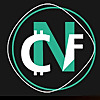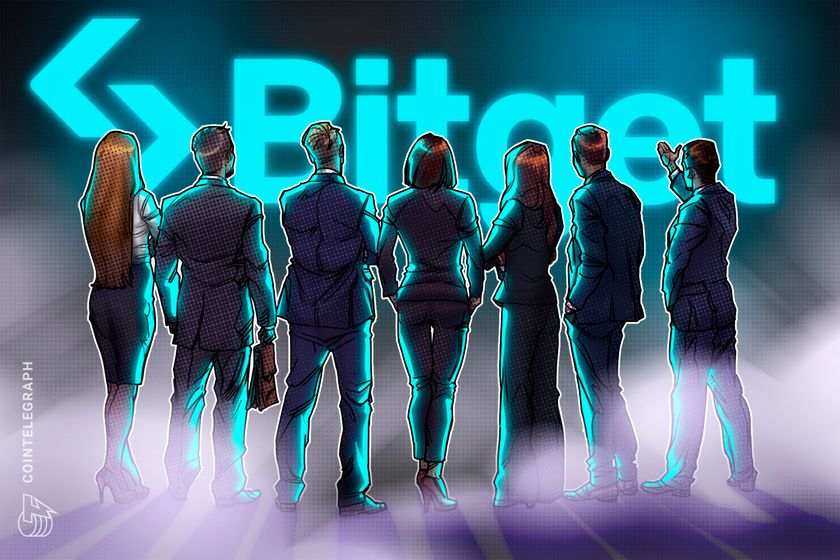ARTICLE AD BOX

- Polkadot partners with Unity Games for gaming integration, boosting its visibility in the gaming industry and experiencing a 41% price surge due to key leadership appointments.
- Unity Games’ verified solutions program welcomes Polkadot, opening doors to marketing opportunities in the Unity Asset Store and catering to over 1.5 million developers.
Polkadot, a leading blockchain interoperability platform, has ventured into the gaming sector with a strategic partnership involving Parity Technologies and Unity Games. This collaboration marks a significant milestone in Polkadot’s journey as it integrates with the renowned Unity game engine, known for powering popular titles such as Pokémon Go and Call of Duty Mobile.
Polkadot will integrate with the Game Engine powering Pokémon Go and Call of Duty Mobile 
A new collaboration between @paritytech and @unitygames will allow Polkadot to join Unity's verified solutions (VS) program.
Learn more ↓
 Unity is a leading software development kit… pic.twitter.com/ygiB3KwOuF
Unity is a leading software development kit… pic.twitter.com/ygiB3KwOuF
— Polkadot (@Polkadot) December 22, 2023
Unity Games holds a commanding 60% of the market for mobile gaming, making it one of the leading providers of software development kits (SDKs) for game creators. The partnership centers on Polkadot’s enrollment in Unity’s verified solutions (VS) program, which provides access for decentralized networks such as Polkadot to obtain a highly sought-after location in the Unity Asset Store.
The Unity Visual Studio program is quite selective regarding third-party solutions; SDKs, plug-ins, editor apps, and cloud services are all carefully screened and chosen. Selected candidates may be given priority placement in marketing and promotional efforts conducted through the Unity Asset Store, in addition to receiving access to exclusive collections.
Polkadot’s Visibility in the Web3 Gaming Space
By integrating with Unity Games, Polkadot is making a calculated effort to increase its visibility in the Web3 gaming market. This cooperation creates new opportunities for Polkadot to be present in the gaming sector, as over 1.5 million developers rely on the Unity Asset Store for their apps in a variety of areas, from animation to architecture.
Polkadot is a prominent player in the Web3 gaming field thanks to its partnership with Unity Games, which goes beyond the game industry. In addition to providing visibility, Polkadot may encourage creativity in the gaming and larger application development communities by utilizing the Unity Asset Store, a central location for a variety of creator economy applications. Users everywhere may anticipate interesting and distinctive experiences as our cooperation develops.
The company behind this cutting-edge blockchain, Parity Technologies, made important leadership hires on November 25 in an effort to support Polkadot’s expansion and uptake. This project perfectly fits Polkadot’s objective to become a leader in the quickly growing interoperable blockchain industry.
Polkadot’s price trend showed the benefits of these leadership additions right away. Polkadot significantly increased pricing from November 25 to December 15, rising from $5.32 to $7.55. This astounding 41% increase demonstrates Parity Technologies’ dedication to effectively fostering Polkadot’s future growth and adoption. It is worth noting that Polkadot is trading at $7.90 with a 24-hour increase of 2%.
Positive Price Momentum and Future Projections
Market analysts anticipate that the positive momentum in Polkadot’s price will persist, with projections pointing toward a further surge to $8.01 by December 31Polkadot (DOT) is currently trading at $8.04 and has a $10.1 billion market capitalization.
Polkadot has added another accomplishment: an amazing milestone in daily transactions. With over 1,000,000 transactions per day, the platform is now experiencing a notable increase in transaction activity. This success establishes a new benchmark for the layer-1 protocol and demonstrates its remarkable ability to handle large transaction throughput.
.png)
 1 year ago
17
1 year ago
17








 English (US)
English (US)